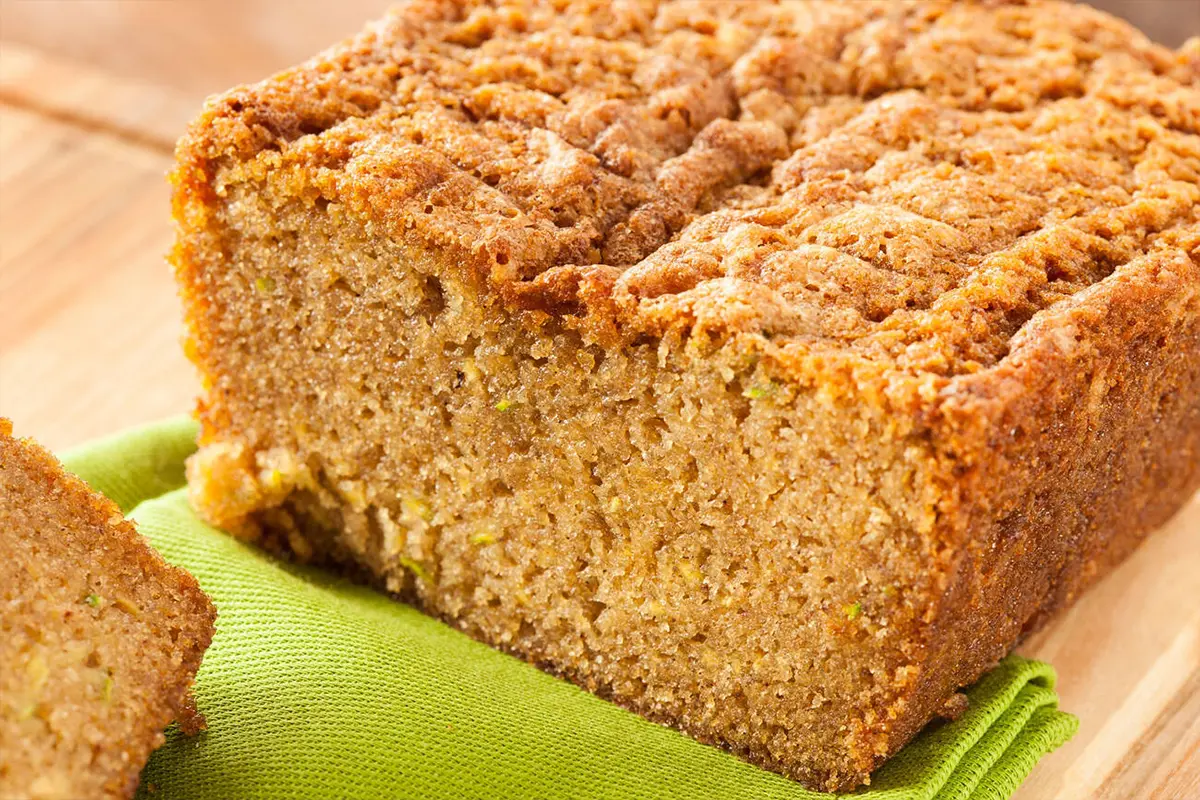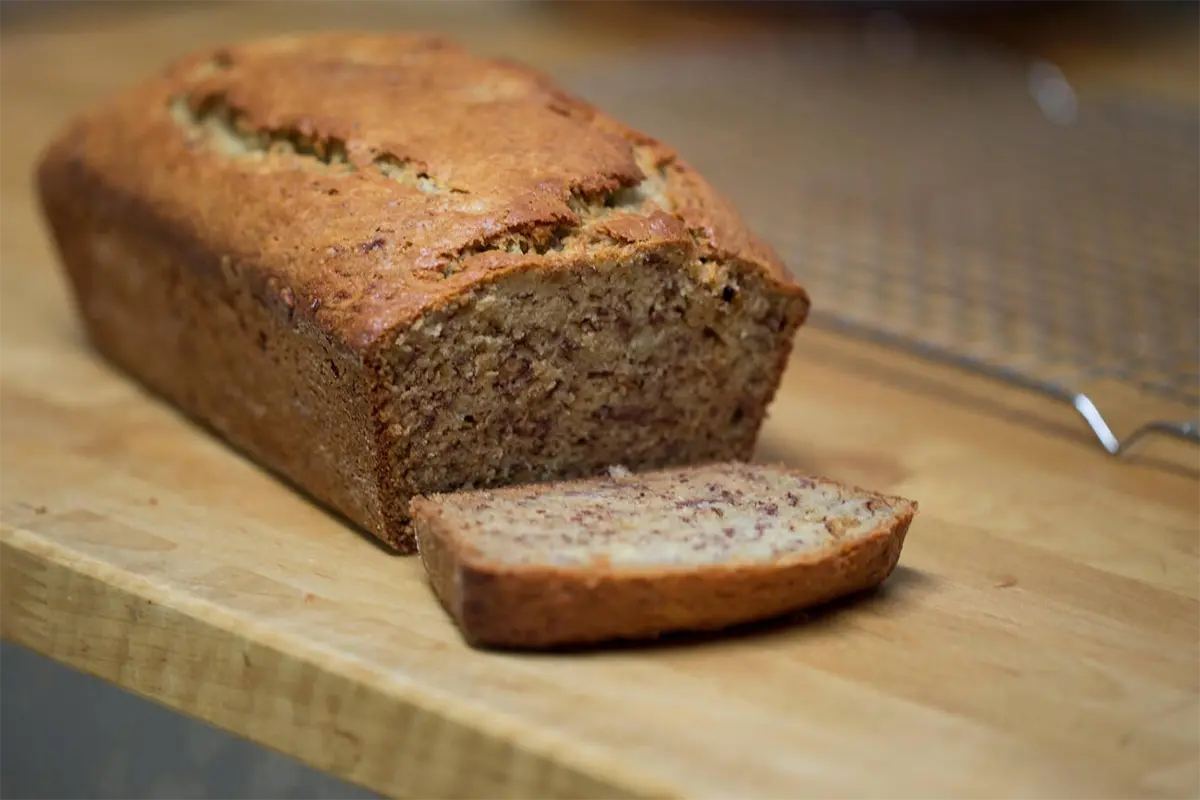Common Mistakes That Affect Bread Moisture
Over-Kneading the Dough
Over-kneading the dough is a common pitfall that can adversely affect bread’s texture and moisture. When dough is kneaded too much, the gluten proteins become overly tight, leading to a dense and heavy loaf. This excessive kneading squeezes out the air pockets that would normally help retain moisture, resulting in dry bread. To avoid this, knead just until the dough is smooth and elastic. This approach helps maintain the right structure and moisture levels in the bread.
Incorrect Measuring of Ingredients
Precision in measuring ingredients is critical for bread that’s perfectly moist. Incorrect measurements, especially of flour and water, can throw off the dough’s balance. Too much flour makes the dough dry and hard, while too little water won’t allow the gluten to develop properly, affecting the bread’s ability to hold moisture. Therefore, using a kitchen scale to measure ingredients by weight rather than volume ensures accuracy and consistency in your bread baking, leading to better moisture control and tastier results.
Recipe for Making Moist Bread
Ingredients and Directions
Here’s a step-by-step recipe to create exceptionally moist bread, focusing on techniques that enhance moisture retention:
Ingredients:
- 500g all-purpose flour
- 350ml warm water
- 10g salt
- 7g active dry yeast
- 25g sugar
- 50ml olive oil
Directions:
- Activate the Yeast: Mix the warm water, yeast, and sugar in a bowl. Let it sit for 10 minutes until frothy, indicating the yeast is active.
- Mix Dry Ingredients: In a separate large bowl, combine the flour and salt.
- Combine Wet and Dry Mixtures: Pour the yeast mixture and olive oil into the flour mixture. Stir until just combined; it’s crucial not to over-mix.
- First Rise: Cover the bowl with a damp cloth and let the dough rise in a warm place until it doubles in size, about 1 hour.
- Shape the Dough: Gently deflate the dough and shape it into a loaf. Place it in a greased loaf pan.
- Second Rise: Allow the dough to rise for another 30 minutes, or until it puffs up just above the rim of the pan.
- Bake: Preheat your oven to 200°C (392°F). Place the loaf in the oven and bake for 30 minutes. If you want a softer crust, you can place a pan of water on the lower rack of the oven to create steam.
- Cool: Remove the bread from the oven and let it cool on a wire rack for at least 20 minutes before slicing.
This recipe uses the autolyze method to ensure full hydration of flour before the bake, promoting a more tender crumb. Additionally, the inclusion of olive oil helps retain moisture, ensuring the bread stays softer for longer.
Summary of Key Points
In this article, we’ve explored several critical factors that influence bread’s moisture. First, we discussed the role of ingredients like water and fats, which help to develop gluten and retain moisture. Next, we covered effective baking techniques such as adjusting oven temperature and covering the dough, which enhance moisture retention. We also examined the impact of flour types on moisture levels and shared advanced baking tips like the autolyse method for better hydration. Finally, we addressed common mistakes and provided a recipe to ensure your bread stays moist and flavorful.
Further Reading and Resources
For those eager to dive deeper into the art and science of baking moist bread, several resources can expand your knowledge:
- “Flour Water Salt Yeast” by Ken Forkish – This book offers detailed insights into bread-making techniques and recipes.
- The Fresh Loaf (www.thefreshloaf.com) – A community website where bakers at all levels share experiences and advice.
- King Arthur Baking Company (www.kingarthurbaking.com) – This site provides a wealth of tutorials, recipes, and guides for baking bread.
These resources will help you refine your baking skills and inspire you to experiment with new techniques and recipes.
LSI and NLP Keywords Related to “What Makes Bread Moist”
- Hydration
- Gluten structure
- Dough elasticity
- Yeast fermentation
- Moisture retention
- Water absorption rate
External Links and Recommended Anchor Text
- King Arthur Baking: Understanding Ingredients – “in-depth guide on baking ingredients”
- Serious Eats: Bread Baking 101 – “comprehensive bread baking techniques”
- Food Science: The Chemistry of Baking – “science behind baking”



